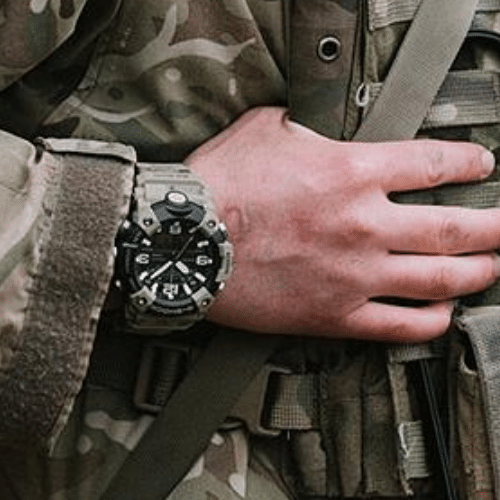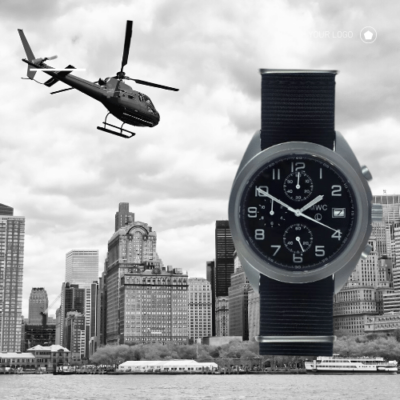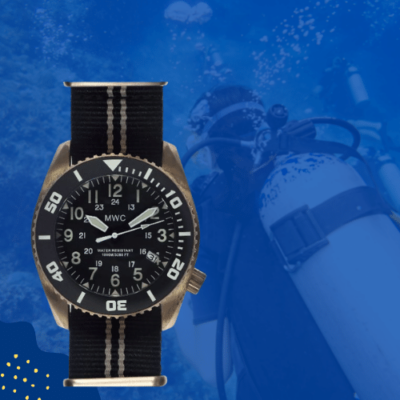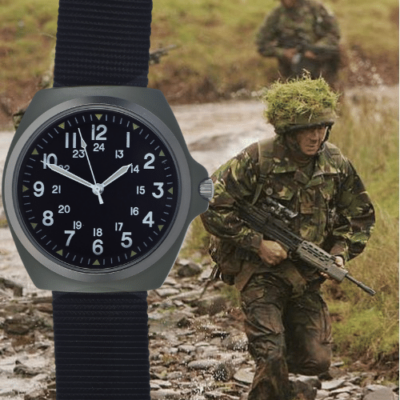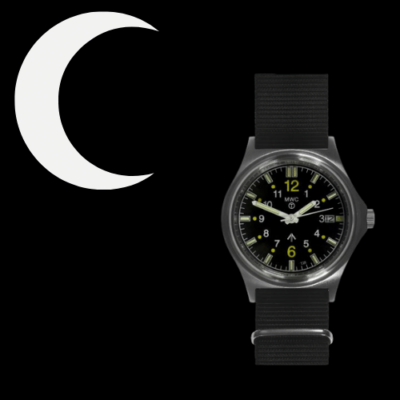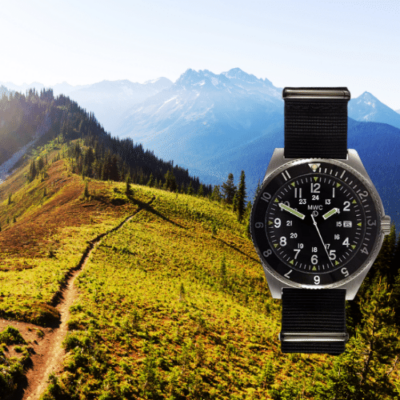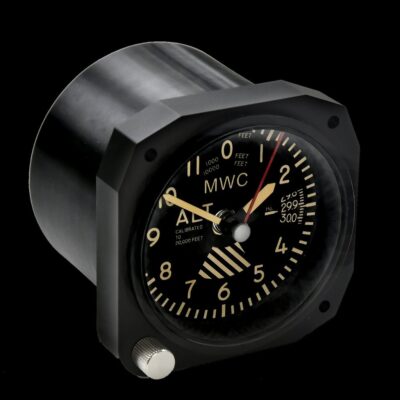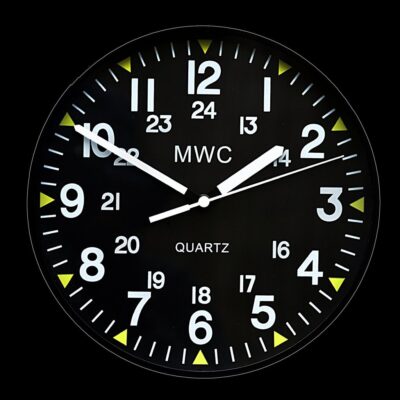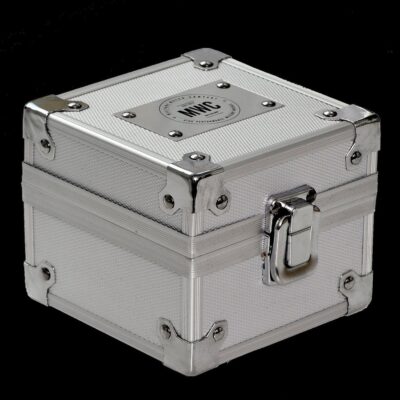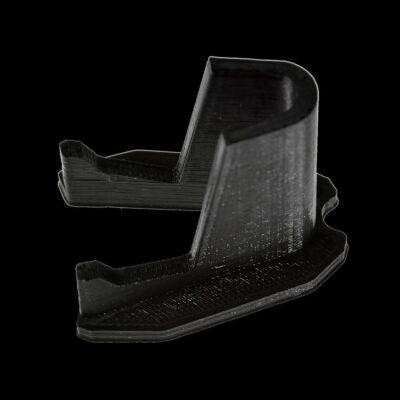News
Russian Knights Su-35s Land in China For Demonstration: Military Watch Asks Crew About Their Fighters
Attending the Nanchang Air Show on November 1, members of the Military Watch team viewed aerobatics displays both by local turboprop and trainer units, and by the visiting Russian Knights aerobatics squadron, which brought six Su-35S and one Su-30SM fighter to the event accompanied by an Il-76MD transport. The Knights unit was formed in April 1991, and in 2019 converted from Soviet era Su-27 fighters to employ a heavily enhanced derivative of the same design, the Su-35S. Conversion to the Su-35 has allowed the squadron to perform significantly more extreme aerobatics, with the fighter using a lighter more durable high composite airframe, and integrating AL-41F-1S engines which are not only more powerful, but also have three dimensional thrust vectoring capabilities. The Knights are the world’s only aerobatics unit with thrust vectoring capable fighters, which are relatively rare outside Russia.
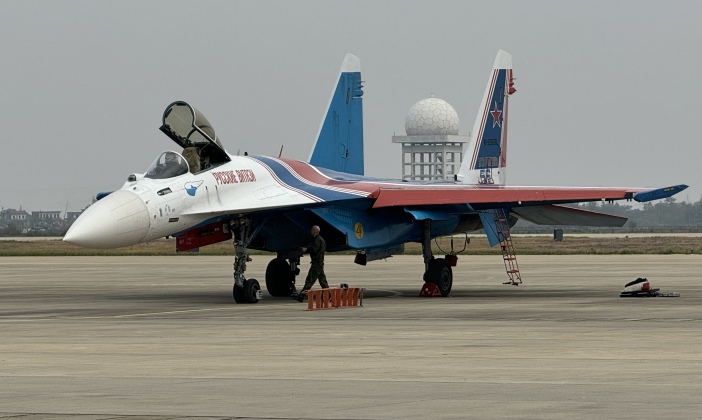
The Russian Knights were the only modern fighter unit which performed aerobatics at Nanchang, although local air units, including turboprop aircraft, put on impressive displays. The Su-35s demonstrated several of their iconic moves pioneered by Russian Flanker-type fighters,including the ability to remain stationary with the nose facing upwards. This reportedly has practical applications in assisting fighters in evading radar capture. Relying on translation software, we put a number of questions to a maintainer from the Knights, who was looking at local merchandise related to Chinese military aircraft at the time we encountered him.
Military Watch: Which fighter aircraft do you have experience working on and maintaining?
Serviceman: The Su-35, and actually also the Su-30. No other aircraft.
Military Watch: Are there significant differences between the Su-35 and Su-30 in terms of maintenance? Which is easier to maintain?
Serviceman: There are not major differences, but in terms of maintenance the Su-30 is a bit easier. The Su-30 is only better for its lower maintenance.

Further questioning the airman, we asked about the Su-35’s standing in the Russian Aerospace Forces today, and how its combat potential compared to other combat jets such as the MiG-31 interceptor. He replied: “The Su-35 is Russia’s top fighter aircraft. It is a ‘4++ generation’ fighter. It responds much faster than the Su-30.” He added that these capabilities would be further improved on by the Su-57.
The Su-35 has received strong public relations support from Russian sources, although reports from the Ukrainain theatre indicate that its beyond visual range air-to-air capabilities are not up to those of the MiG-31, which launches missiles from higher speeds and carries a significantly more powerful radar. Although the Su-35 is a significantly more complex and costly design than the Su-30, and was intended to bridge the gap with the delayed Su-57 fifth generation fighter, the aircraft’s maintenance needs are in many respects lower than those of the preceding Su-27 it has replaced in service, primarily due to more advanced manufacturing techniques and use of a high composite airframe and more sophisticated engine. The fighter type is expected to remain a primary symbol of Russian power for at least the next decade, and in 2025 saw three new export orders confirmed to supply Algeria, Iran and Ethiopia. Plans to market the fighter to China have failed to materialise, however, as the country developed indigenous fighters such as the J-16 and J-20 which Russian sources have increasingly widely conceded are more sophisticated.

